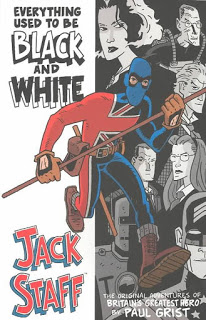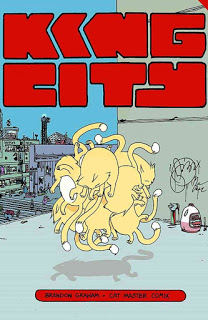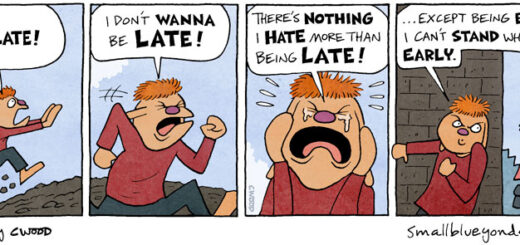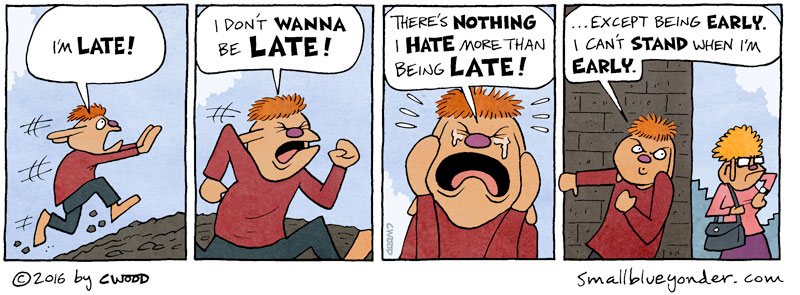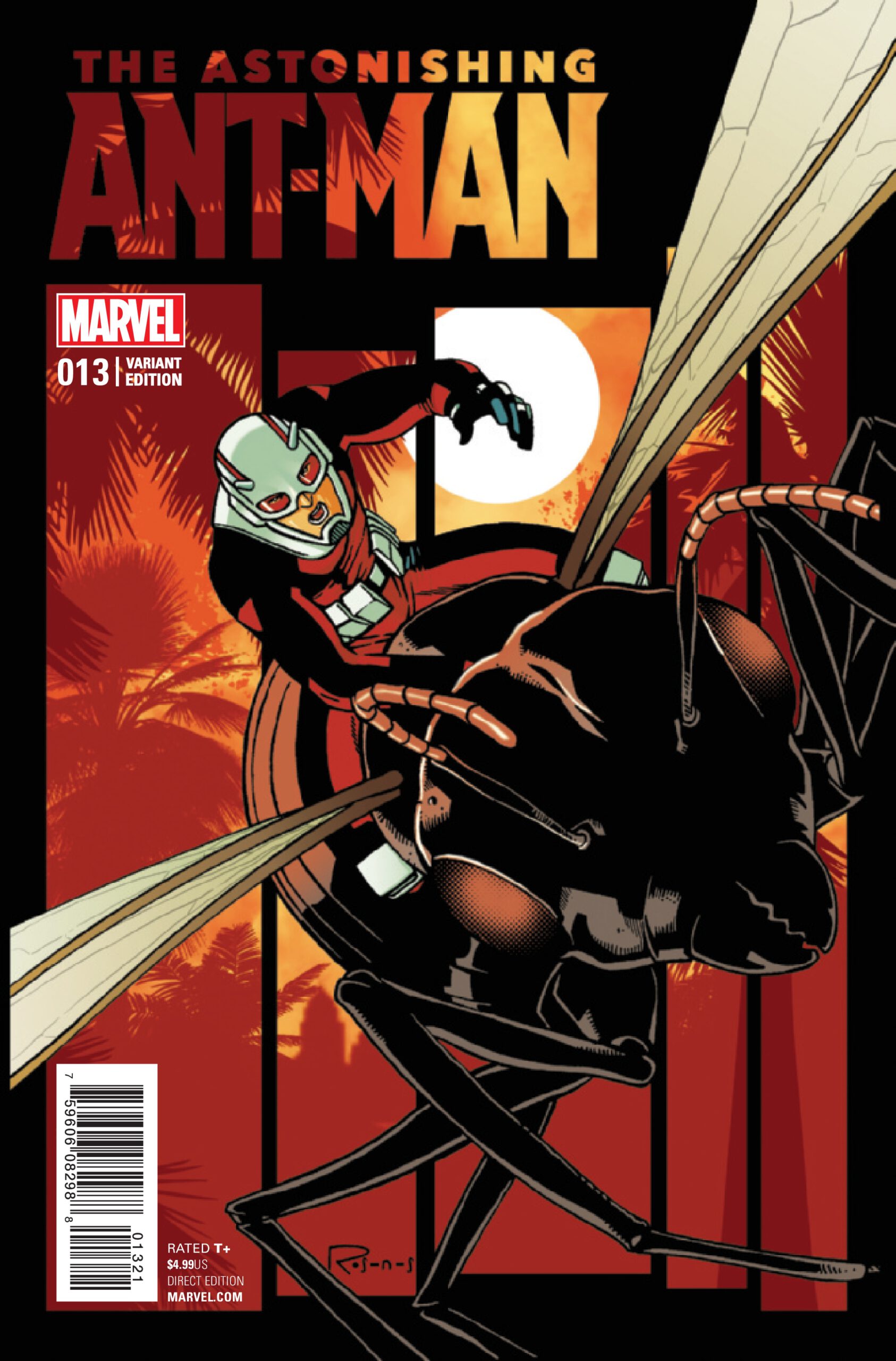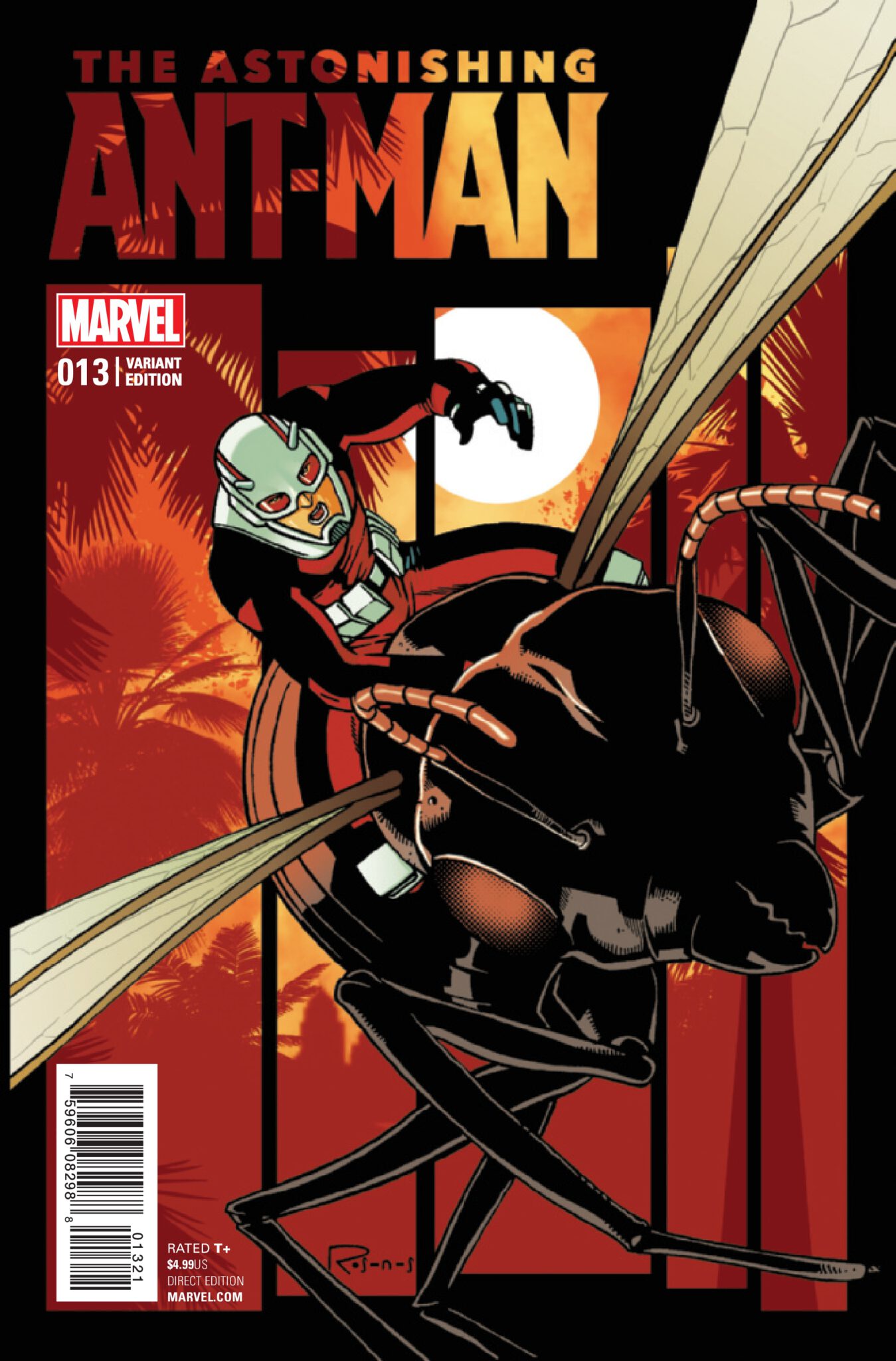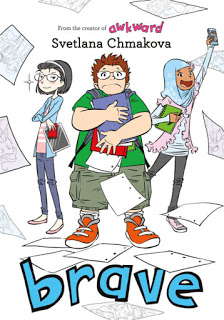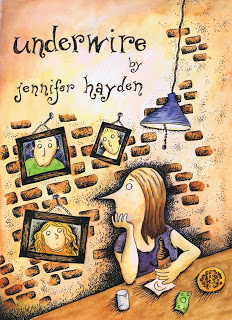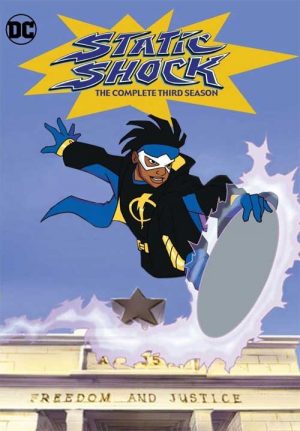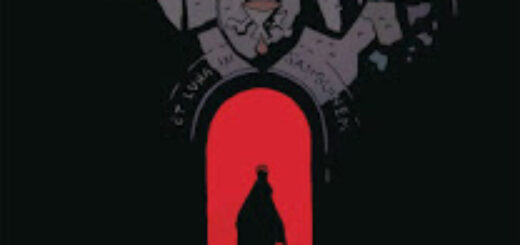Book-A-Day 2018 #45: Jack Staff Vol. 1 by Paul Grist
 This book has more panels introducing its characters than any comic I’ve ever seen in my life. I know it was originally published as twelve individual issues of the Jack Staff comic, but it’s much more common than that — so often that I started to think this had been serialized somewhere, no more than five pages at a time, for an audience with short-term memory loss.
This book has more panels introducing its characters than any comic I’ve ever seen in my life. I know it was originally published as twelve individual issues of the Jack Staff comic, but it’s much more common than that — so often that I started to think this had been serialized somewhere, no more than five pages at a time, for an audience with short-term memory loss.
It’s clearly on purpose, even if I’m not sure why creator Paul Grist is doing it. Is it some meta-commentary on superhero comics? A sly jab at the big comics universe-building instinct, so that every important character gets a hook and a logo, ready to spin off into his own book at the drop of a hat?
In any case, that’s how Jack Staff, Vol. 1: Everything Used to Be Black and White goes — every time the plot shifts to Jack, or to Becky Burdock, {Spoiler} Reporter, or to Tom Tom the Robot Man, or to The Spider, or to Bramble & Sons, Vampire Hunters, or to Detective Inspector Maveryk, old-fashioned copper, there’s a logo-like treatment of their names splashed on the page, and usually some purple prose that almost but not quite tells the true believers to face front.
I suspect that Grist does not take his superhero comics entirely seriously, but that’s fine: I haven’t been able to do that for at least two decades now myself. And Jack Staff comes across as a book in which the creator is having an immense amount of fun, and is choosing the plot elements that make him cackle in delight as he draws them. That may make for a certain amount of whiplash, as he jumps from plot thread to plot thread every couple of pages, but it’s all clear, and the reader certainly has no trouble remembering who any of the characters are.
In any case: this is a British superhero comic, so it’s required by law to be somewhat self-effacing and to subvert expectations of the genre at least once per twenty-four pages. Grist is entirely happy to do that, but his subversion is of an older school than Moore or Morrison: he’s someone who seems to doubt, down deep, that dressing up in silly costumes and punching people is really a good solution to serious problems. That is entirely true, but it can be a fatal attitude for superhero comics unless it’s coupled with a light touch.
Grist does also have a light touch, so we’re good there.
Jack himself is a mildly brick-like superguy, dressed in his nation’s flag and first encountered during WW II doing his bit to defend democracy and battle the evil Hun. He’s clearly tough to some level, but he can’t fly or do any of that obvious super-stuff, and he needs a big stick to hit people adequately. On the other hand, he does seem to be much, much older than he has any right to be, and still looking mid-thirties in these stories from the late ’90s. There are more serious supernatural elements — I mentioned vampire hunters above, and they do have vampires to hunt — and one villain we see has definite weather-control powers. So this is a real superhero universe, even if we’re just seeing a quirky British corner of it.
I originally read Grist’s crime comic Kane in the ’90s — it looks like I kept up with it almost to the end, missing the last collection — and bought this 2004 collection about four years ago with a thought of maybe getting into his other big self-published series. There are three more Jack Staff collections, I see, though this series also seems to be definitively over. I might keep going, if I can find the books: this are fun adventure comics that don’t take themselves too seriously, and Grist’s inky art and smash-cut plotting make his pages lively and zippy.
If you, too, are willing to accept that superheroes are inherently goofy, you’ll probably enjoy it as well.
![]()
![]()
Reposted from The Antick Musings of G.B.H. Hornswoggler, Gent.

